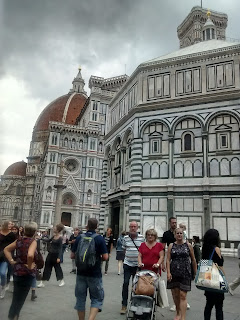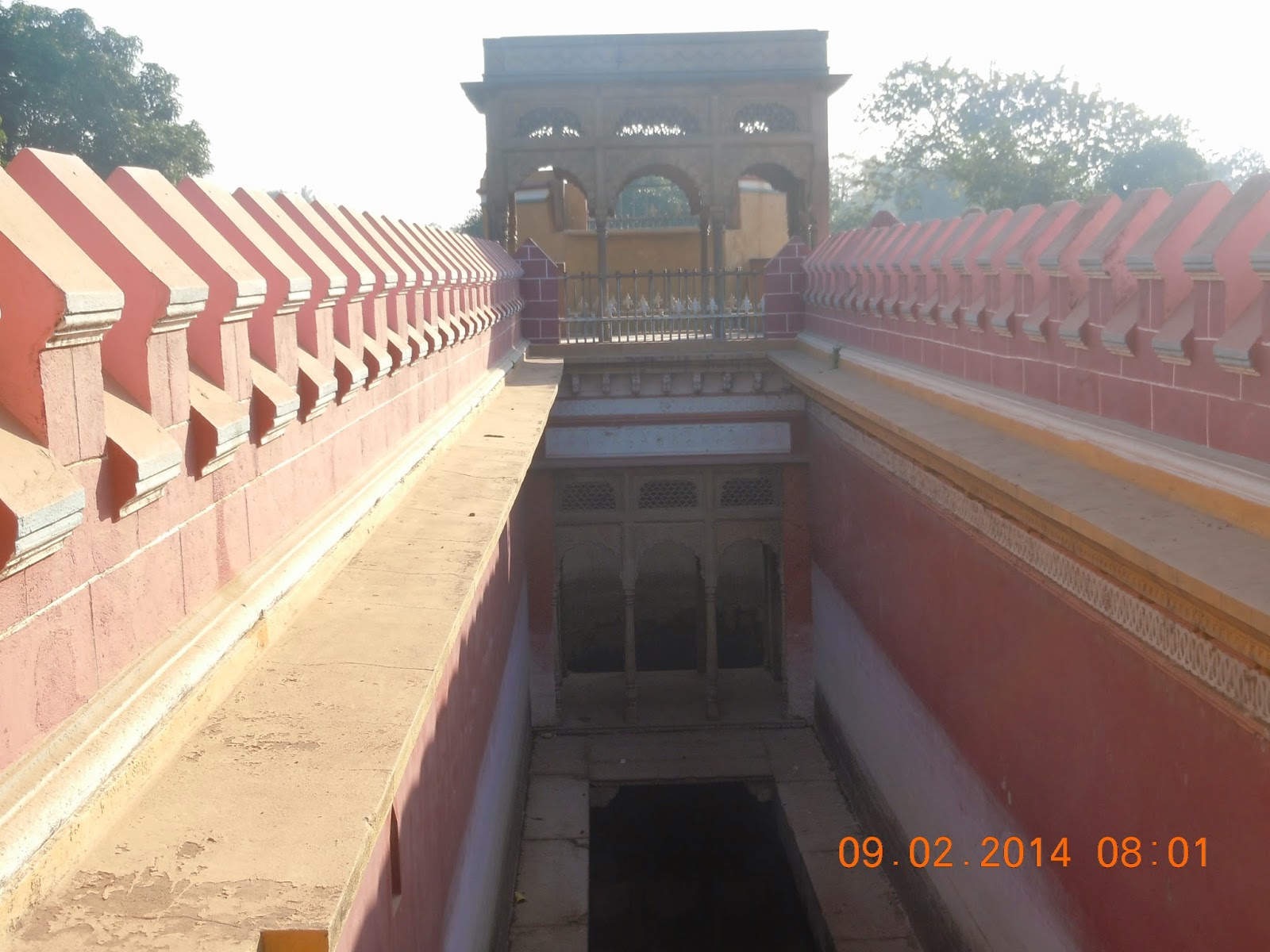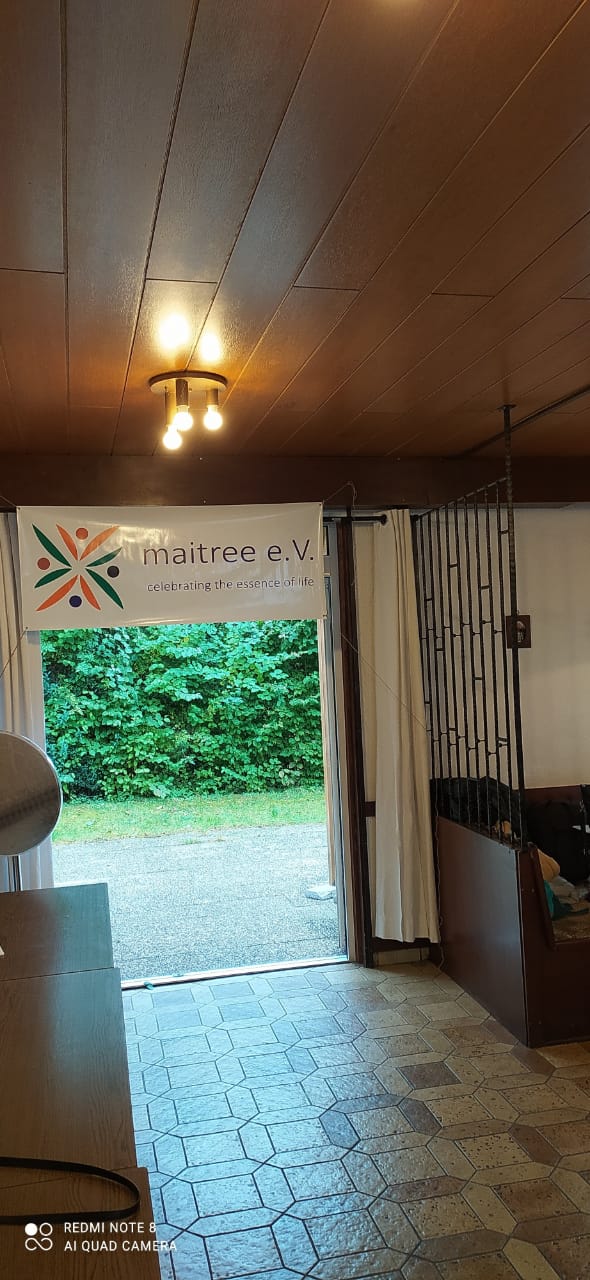Florence

FLORENCE Florence – the capital of the Tuscany region and the cradle of Renaissance We opted for Flix Bus while traveling from Venice to Florence. The road journey takes about three and a half-hour. In Florence, it terminates at the rear end of Santa Maria Novella (SMN) train station. One of Italy’s busiest stations, it got its name from Santa Maria Novella Church just across the plaza from the main entrance. We debarked at the station and refreshed ourselves at McDonald's before hiring a cab for our hotel. Florence, popularly known as ‘Firenze’ by the Italians, is located in central Italy. This dreamy city with a romantic name is the regional capital of the lovely Tuscany region. Columbus Hotel, where we stayed, is located in Lugarno District. We always prefer to book our hotels through Booking.com as we always land up getting good hotels at good locations. Despite being a little away from the heart of the city and Santa Maria Novella station






























Comments
Ditsa
Grandaughter, Ratna
Shantiniketan